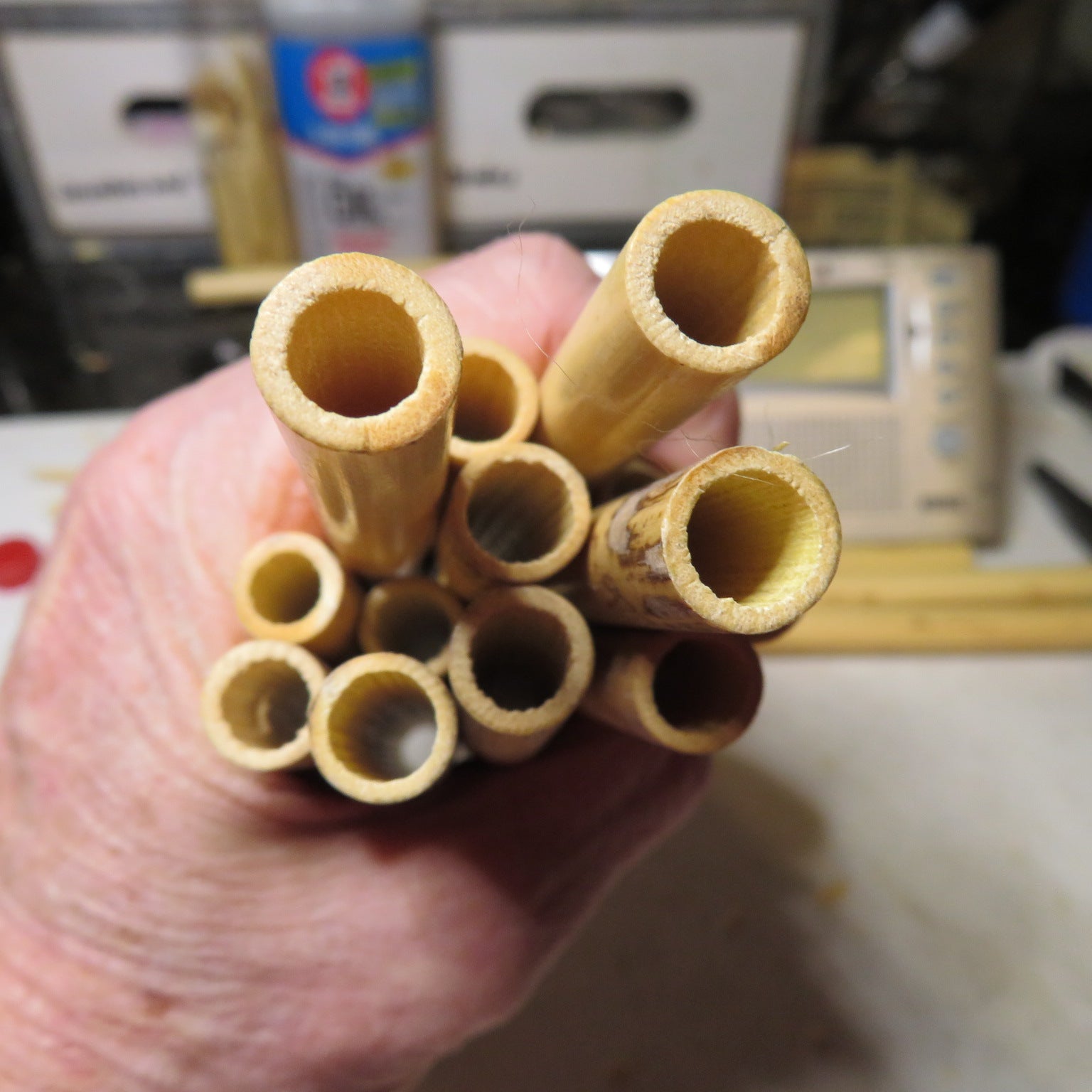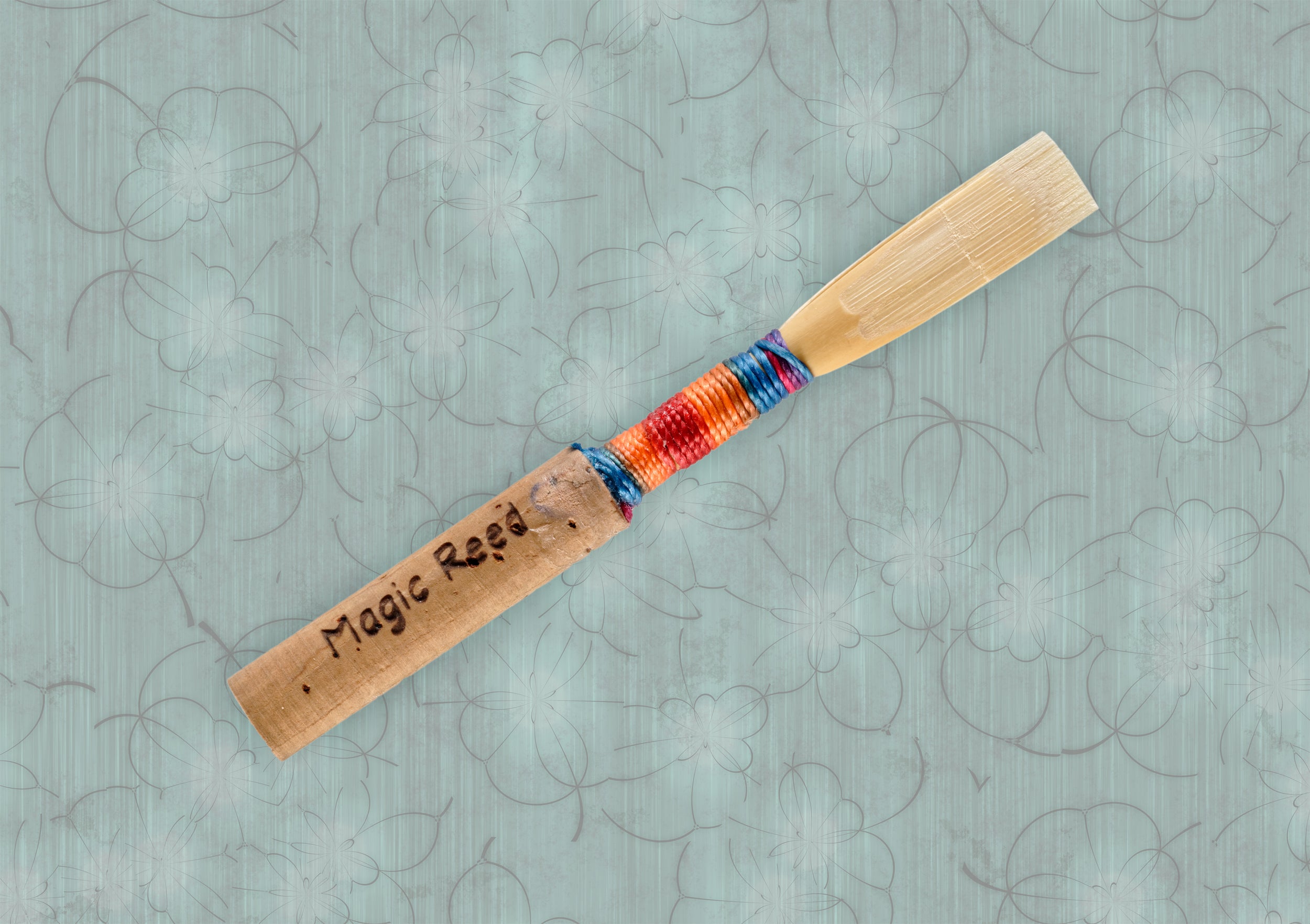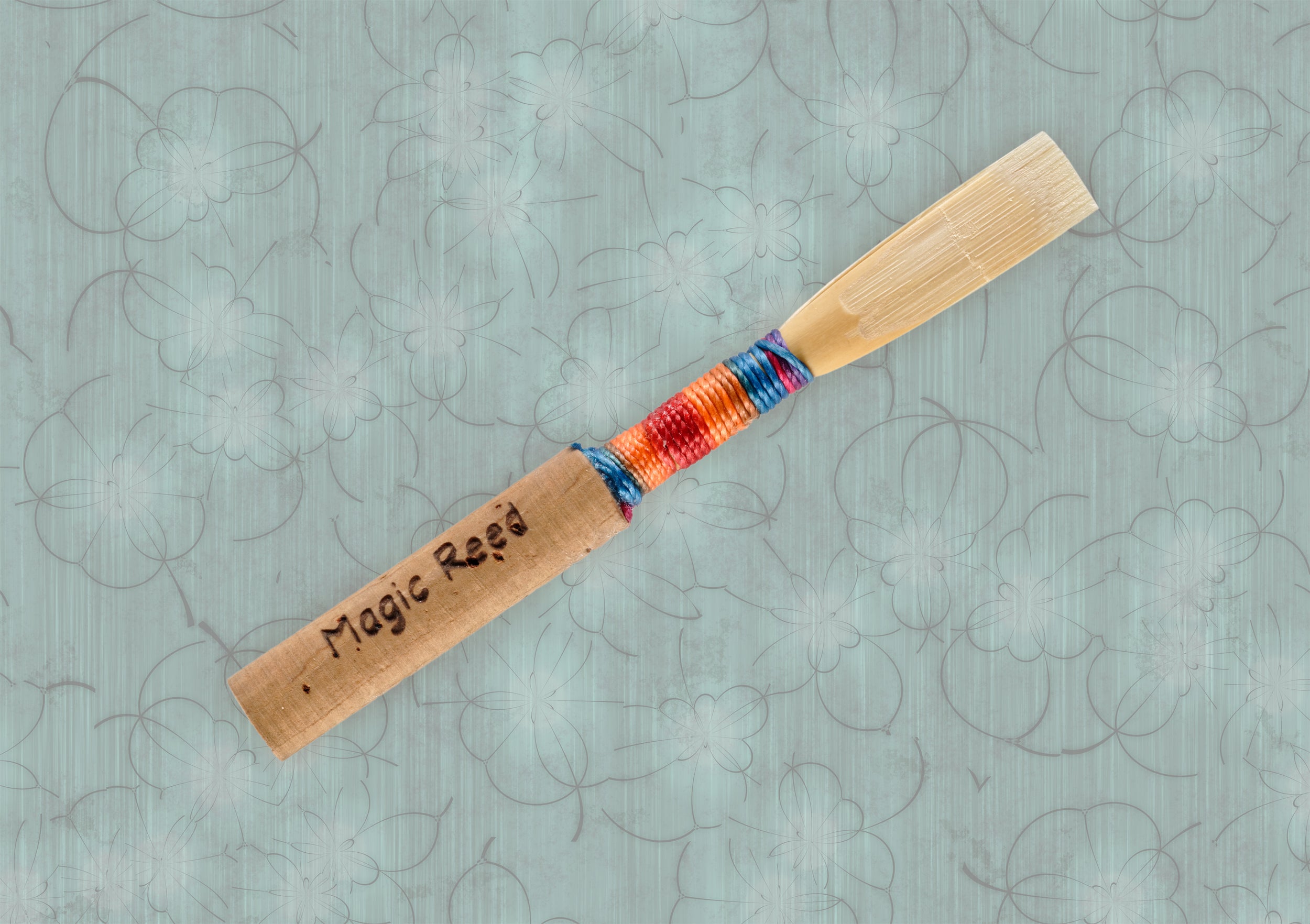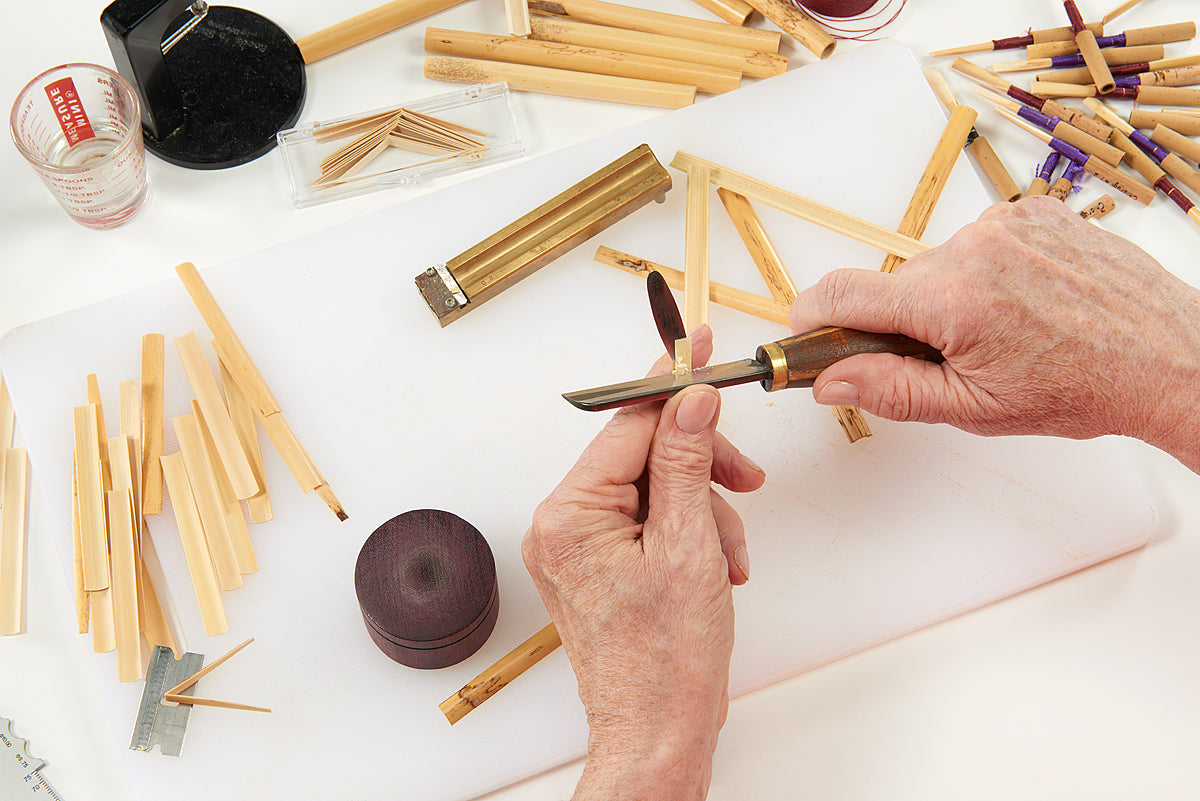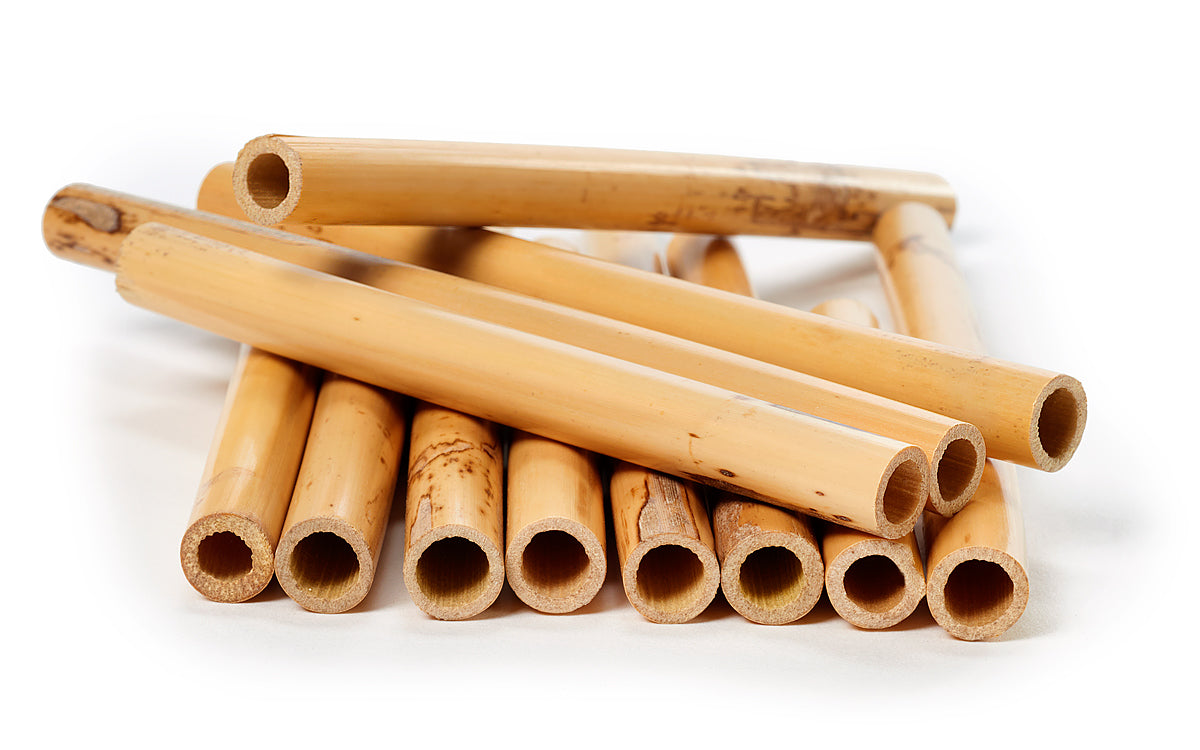
Oboe Cane Selection For Best Reed Making Results
-

-
 by Kathy Sheinhouse
by Kathy Sheinhouse
1) If you find a source of great cane (especially in tube form), buy as much as you can afford as quickly as you can. A difference of one month can impact cane characteristics depending on the rod's location in the field. Annual climate conditions also effect cane quality. If you can't buy a lot at once, think about buying at the same time of the year you bought your favorite batch. I try to avoid purchases at the end of the selling season (May or so). I tend to like December-February cane, though this in not absolute.
2) Consider your own climate, altitude, seasonal changes, (and of course personal preferences) when choosing a strength and diameter. Most oboists need at least two strengths of cane for their annual needs, and need at least some harder cane in their inventory. High, dry climates usually require cane with around a 10.0 diameter while players in normal altitudes and damper climates can order up to 11.0 depending on preference and the size of their gouger bed.
3) Magic Reed cane is denser/more tightly fibered cane than what is generally available today, and you may need to adjust your routines a little to get your best result. When you buy new cane, you should not be on auto-pilot. Sample your order to learn about its properties. Make 10-12 reeds and mark the reeds by hardness, gouge and shape. Record your results. If you have a dial micrometer, diagram your best current reed. Then, diagram a great reed you make on your new cane. Compare the results. You may be surprised. Keep notes. Act like a scientist. Once you have a game plan, sort, separate, and label by wall thickness, diameter, final gouge. Continue to keep track of what shapes work best. Every step gives you more and more information and you should keep all of your best cane together as your go-to stock for concerts.. You be the judge. Everyone is different. Discard any cane that has a low probability of success. Your time is valuable, and reed making is hard enough without wrestling cane that has no business in your inventory.
4) Get the feel of the cane in your pre-gouger, gouger, through your flex tests and with your knife. Get a sense of the range of attributes.
5) If you only have one gouger, get one with a variable setting if you want a very consistent thickness. There are often variation in the gouge that arise from small differences in diameter. When you do gouge, select one specific cane diameter at a time (not a diameter range). This way, you can more efficiently adjust your gouger to improve consistency. If you do not have a variable gouge, consider gouging some wet and some dry. Find happy homes for cane that has a diameter larger than your gouger bed (a good reason for an 11 mm bed). We sell oboe cane that will help you achieve your best results.
Shop Oboe Cane


